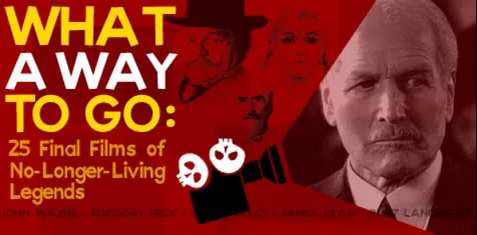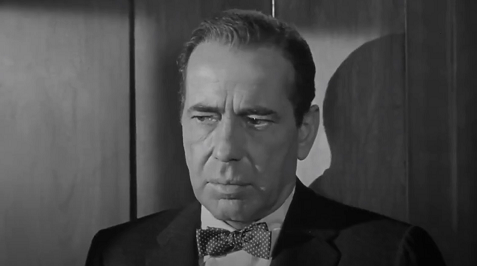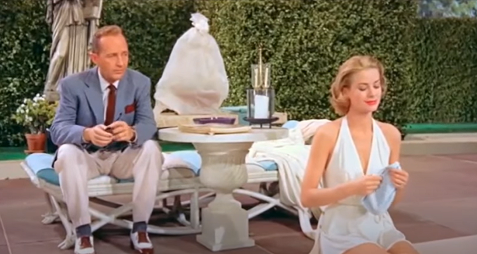Drink of the Week: The Brojito Mojito
 It’s probably not the focus of your weekend plans, but you might be interested to know that this Sunday is National Rum Day. I wound up getting a few pitches for rum-based cocktails for the day, but the makers of Shellback Silver Rum got to me first with a pretty interesting variation on possibly the most popular of all rum drinks (as well as the usual free bottle in the mail). It’s a pretty good way to show off their light rum, an intriguingly vanilla-forward entry in the very crowded silver rum arena.
It’s probably not the focus of your weekend plans, but you might be interested to know that this Sunday is National Rum Day. I wound up getting a few pitches for rum-based cocktails for the day, but the makers of Shellback Silver Rum got to me first with a pretty interesting variation on possibly the most popular of all rum drinks (as well as the usual free bottle in the mail). It’s a pretty good way to show off their light rum, an intriguingly vanilla-forward entry in the very crowded silver rum arena.
The Brojito Mojito differs from the classic Mojito in two ways.First, there’s the addition of a-little-goes-a-long-way anise flavored liqueurs to the mix, and, second, it adds, well, more — more lime juice, more simple syrup, even more mint leaves. In fact, while there’s nothing overtly bro-ish about Shellback’s Mojito variant, it’s definitely a drink that goes big and refuses to go home. The emphasis on excess actually made me think of a key scene from the tough-guy movie classic “Key Largo,” in which bad-guy gangster Edward G. Robinson admits to basically just wanting “more.”
Still, there’s nothing at all nefarious about the Brojito Mojito and it’s probably not fair to compare it to the fascistic criminal from John Huston’s enjoyably overheated film noir. It’s a tasty and fun variation on a drink with a great many variations. If more isn’t always more, it’s often very nice indeed.
The Brojito Mojito
2 ounces Shellback Silver Rum
1 ounce fresh lime juice
1 ounce simple syrup
1/2 ounce absinthe or Herbsaint
2 ounces soda water
10-15 mint leaves
Start with a highball/collins glass and add the mint leaves. I personally get impatient counting out ten to fifteen mint leaves and therefore prefer to think of it variously as either a “bunch” of mint leaves or perhaps a “buttload of mint leaves.” Muddle them very lightly — you don’t want to bring out of the bitterness that over-muddling can result in. A light tap or two will suffice.
Next, add all the liquid ingredients and stir. Then add plenty of ice and stir some more. Prepare for one big mojito.
****
I have to admit I’m not in love with the name but, beyond that, this is a pretty decent not-so-little beverage with a nice kick. It’s a bit on the sweet side, but it’s balanced by the addition of the very strong, somewhat bitter anise flavors of an absinthe, or the somewhat milder variation of Herbsaint (marketed as substitute absinthe, back when absinthe was illegal,). I leaned slightly towards the absinthe simply because, with an entire ounce of simple syrup and a relatively sweet base spirit, the Brojito Mojito is plenty sweet enough and needs as much counterpoint as it can get.
Finally, regular readers might notice that I didn’t include an option for using superfine sugar in place of simple syrup. That’s because — and I have no idea why this should be — the result simply didn’t taste very good. Don’t ask me why. The ways of cocktails, like the ways of men, are mysterious.
You can follow us on Twitter and Facebook for content updates. Also, sign up for our email list for weekly updates and check us out on Google+ as well.
Posted in: Food & Drink, Lifestyle, Vices
Tags: cocktails, Drink of the Week, Edward G. Robinson, Happy Hour, Humphrey Bogart, John Huston, Key Largo, the Brojito Mojito, the mojito














